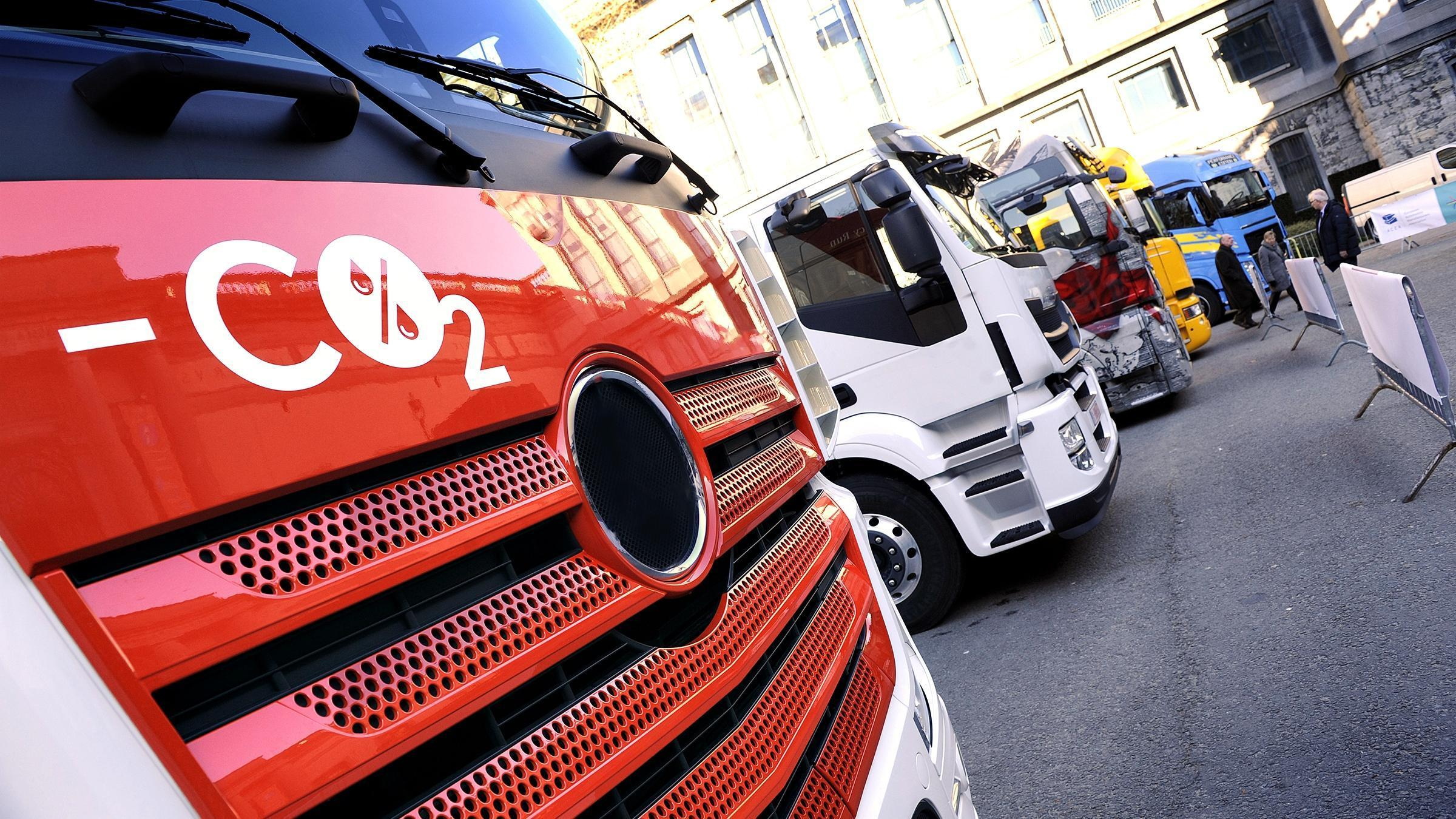CO2 targets unachievable without enabling conditions, warn European truck and bus manufacturers – ACEA


Brussels, 24 October – The European Automobile Manufacturers’ Association (ACEA) repeats its call for a fit-for-purpose CO2 regulation for trucks and buses. Despite an unwavering commitment to decarbonisation and record investment levels in zero-emission vehicles by manufacturers, the proposed targets remain overly ambitious without the backing of robust enabling conditions.
Reacting to the European Parliament’s environment committee (ENVI) position, European truck and bus manufacturers voiced concern that targets may express ambition on paper but are unachievable in reality. “Decarbonising heavy-duty transport is not a solo endeavour,” stated Sigrid de Vries, ACEA Director General. “We operate within a highly interconnected transport ecosystem. To create an environment where vehicle manufacturers can thrive and meet targets, we need a collaborative effort from all stakeholders, including policymakers.”
The challenge extends beyond the pervasive lack of charging and refilling infrastructure and requires addressing other demand-side measures as well. Customer demand for electric and hydrogen-powered trucks and buses still lags far behind conventional models. “ACEA’s members have made the investments, and zero-emission vehicles are ready to go, but customers must equally have the confidence to invest,” said de Vries.
Policy makers have a wide toolbox at their disposal, such as purchase and tax schemes and other price signals to invest early in zero-emission models. However, their roll-out fails to match the ambition of the proposed CO2 targets. “Without enabling conditions in place, manufacturers will struggle to meet targets and face penalties while compliance largely depends on factors outside their direct control,” added de Vries.
ACEA welcomes that some industry concerns have been addressed, but also regrets the inclusion of ‘small lorries’ (<5 tonnes) within the regulation’s scope despite data on CO2 values not being declared in the European Commission’s Vehicle Energy Consumption Calculation Tool (VECTO). This unnecessary overreach will inevitably undermine the regulation’s effectiveness, as these vehicles represent only a small share of heavy-duty transport emissions. Additionally, the ENVI position does not insert an earlier baseline for new vehicle segments, meaning the proposed 2030 reduction target compared to a 2025 baseline – which will only be known in 2027 – is highly unrealistic.
In response, ACEA calls for a fit-for-purpose CO2 regulation for trucks and buses and that law makers address shortcomings in the upcoming plenary vote and trialogue negotiations. Only by holistically addressing enabling conditions and incentivising action by all stakeholders can we decarbonise transport and safeguard competitiveness.
We operate within a highly interconnected transport ecosystem. To create an environment where vehicle manufacturers can thrive and meet targets, we need a collaborative effort from all stakeholders, including policymakers.
Notes for editors
- To achieve a CO2 reduction of 45% by 2030:
- more than 400,000 zero-emission trucks will have to be on roads – around 100,000 new zero-emissions trucks registered annually or at least one-third of new sales; and
- at least 50,000 publicly accessible chargers, including 35,000 Megawatt Charging Systems (MCS) and 700 hydrogen refilling stations with a daily capacity of two tonnes, are required.
- For more information on the CO2 standards for heavy-duty vehicles, see our fact sheet here: https://www.acea.auto/fact/fact-sheet-co2-standards-for-heavy-duty-vehicles/
- You can also read our news article on the CO2 regulation’s implications for truck and bus manufacturers here: https://www.acea.auto/news/eu-co2-regulation-for-trucks-and-
About ACEA
- The European Automobile Manufacturers’ Association (ACEA) represents the 14 major Europe-based car, van, truck and bus makers: BMW Group, DAF Trucks, Daimler Truck, Ferrari, Ford of Europe, Honda Motor Europe, Hyundai Motor Europe, Iveco Group, JLR, Mercedes-Benz, Renault Group, Toyota Motor Europe, Volkswagen Group, and Volvo Group.
- Visit www.acea.auto for more information about ACEA, and follow us on www.twitter.com/ACEA_auto or www.linkedin.com/company/ACEA/.
Contact:
- Cara McLaughlin, Communications Director, cm@acea.auto, +32 485 88 66 47.
- Ben Kennard, Content Editor and Press Manager, bk@acea.auto, +32 487 39 21 82
About the EU automobile industry
- 12.9 million Europeans work in the automotive sector
- 8.3% of all manufacturing jobs in the EU
- €392.2 billion in tax revenue for European governments
- €101.9 billion trade surplus for the European Union
- Over 7% of EU GDP generated by the auto industry
- €59.1 billion in R&D spending annually, 31% of EU total






